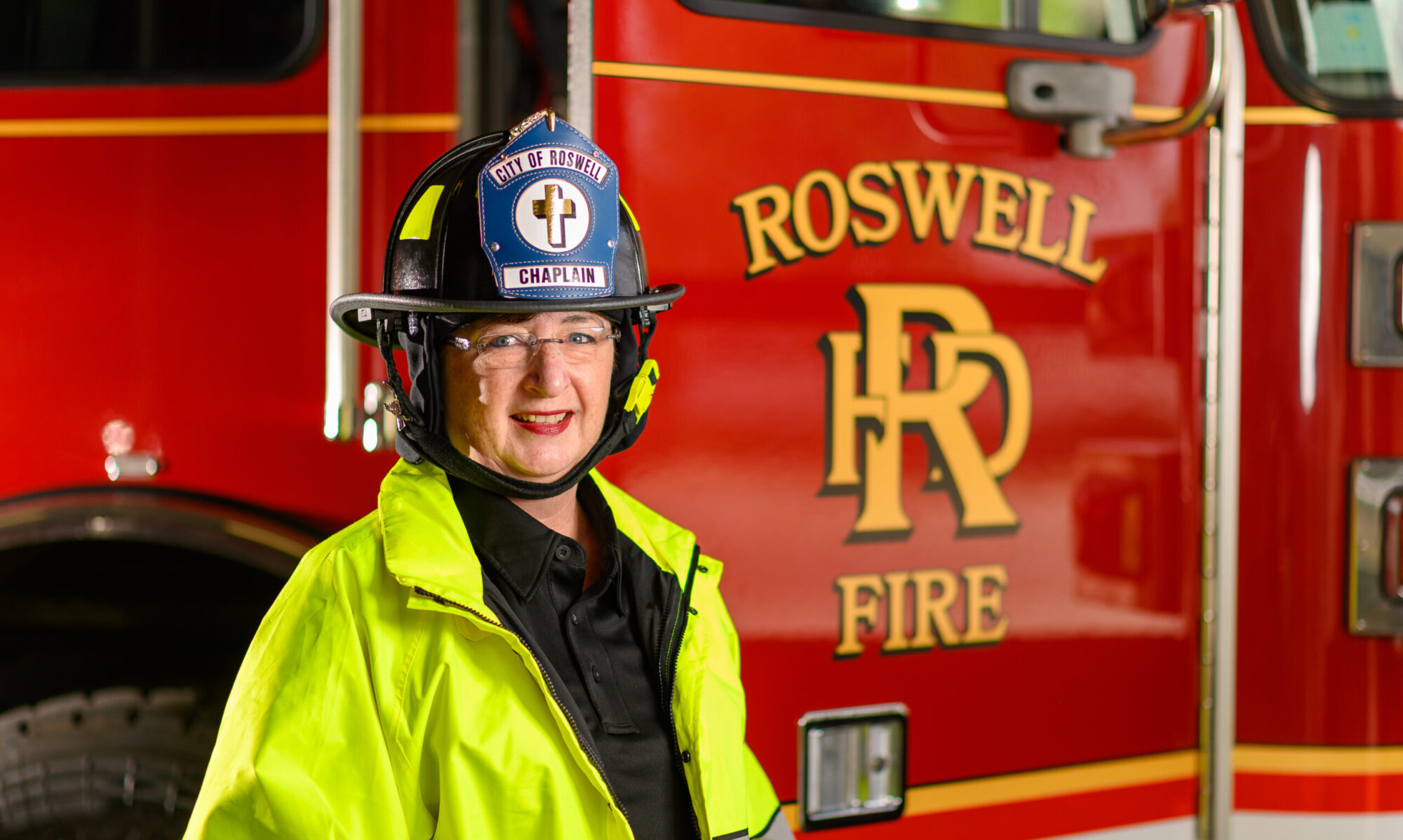
We seem to be stuck in some strange combination of the movies Pandemic and Ground Hog Day. If you are like me, days of the week don’t mean anything any more. While I like my quiet time, I am really ready to get out and be social again.
I know quite a few people who are feeling very unsettled with what has become our new normal in the time of COVID-19 self-isolation. There are very good reasons to feel anxious and stressed right now. My friends and family in New Jersey have many friends who are very ill or who have died. Our news and social media feeds are filled with updates on confirmed cases and death tolls.
There was a time in my life where I experienced a lot of loss and change in a very short period of time. I began to show signs of heart trouble. My left arm would go numb and I had chest pains. After being thoroughly checked out by a cardiologist, the determination was I was experiencing a stress reaction to the events in my life. I began my quest to learn all I could about stress, anxiety and the affect on our bodies. If you find it hard to get out of a loop of worry and anxiety I am going to share a few coping strategies I learned that you may find helpful.
Our minds are amazing things. Our thoughts are very powerful. Have you ever had someone describe the taste of a lemon? The thought of the very sour taste of a lemon can lead you to pucker your lips. Have you noticed that after watching a commercial about a certain food or beverage you suddenly have a craving for that food or drink? You end up with a physical craving for something that started with your thoughts.
When we hold a concern or a worry in our mind we often experience a physical reaction. Unfortunately most of us do this and aren’t aware of where we are holding stress in our body. We go from one activity to another holding a worry in our mind and having a physical reaction in our body that we just ignore. For me I held a lot of stress in my gut, but also in my shoulders. To combat this stress I had to become more aware of when I felt it. Like many people, I would worry or get upset about things I had absolutely no control over. I had to slowly learn to control what I could and let go of what I couldn’t. I called this state of being stressed my “What if” side of my brain. My self dialogue would go something like this:
“What if my husband gets that job in Texas he is looking at? We would have to move. The kids would have to change schools. Will I fit in there? What if I can’t find a job?”
I would get worked up over something that may or may not happen. As it turned out my husband didn’t apply for the position. That was a lot of emotional energy spent on something that never happened. Most of our worries are that way. We get worked up over something that we have little control over.
So how to you live with ambiguity? Learn to live more in the moment and not in the “What if” side of your brain. Using a grounding exercise can help you learn how to live in the present. The following exercises help you get from the abstract “what if” the present situation using your senses to bring you into the present moment. So much of our anxiety and stress comes from how we think of something. Slowing down those abstract thoughts with concrete tactile exercises helps us realize we are actually OK.
A popular grounding exercise is the 54321 grounding exercise. You can find several methods online. The exercise involves using your 5 senses. The Mayo Clinic Health System website suggests the following method. Visit their website for additional tips:
Everyone feels anxious now and then. But there are things you can do to minimize those feelings. Mayo Clinic Health System staff suggest trying the exercise below the next time your mind is stuck on the worry setting.
Sit quietly. Look around you and notice:
- 5 things you can see: Your hands, the sky, a plant on your colleague’s desk.
- 4 things you can physically feel: Your feet on the ground, a ball, your friend’s hand.
- 3 things you can hear: The wind blowing, children’s laughter, your breath.
- 2 things you can smell: Fresh-cut grass, coffee, soap.
- 1 thing you can taste: A mint, gum, the fresh air.
This exercise helps you shift your focus to your surroundings in the present moment and away from what is causing you to feel anxious. It can help interrupt unhealthy thought patterns.
See the blog post, “Stress Relief: The four A’s” by Alan Conway, MD for another helpful list of ideas to help you ease and reduce stress.
Most stress relief and anxiety relief methods involve being present in the moment. In moments of stress really helps me to take a quick safety inventory. I ask these questions, Am I physically safe? Am I getting the nutrition I need? Am I getting the sleep I need?If the answer is no to any of these questions, that is what needs to be addressed in the moment.
Some simple things you can do in your work space whether it is at home or at an office:
- Keep a pretty landscape photo in your work area
- Have a simple rhyming verse or poem nearby to read. See this link for a few options
- If possible listen to calming music. My current favorite is Bach for the Brain!
- Listening to the sound of water, like a fountain, river, ocean are shown to have a calming affect. If you don’t have natural water running near you, taking a shower can be helpful. To see this calming affect in action watch small children by an outdoor fountain. They are naturally drawn to them while their parents would walk right by.
- Unless you are required to wear one, take off your watch. We often stress ourselves over the passage of time. If you want to know the time our phones, computers, and office space usually have clock functions. Glancing at your wrist every few minutes is not helpful. (I stopped wearing a watch in my early thirties.)
If sleep is hard for you, try keeping a journal. Each night before you go to bed, take out your notebook and write down everything you are thinking about. If you find you are caught in the same thought “loop” and can’t move on, write down what you are thinking about in detail. There is great relief in writing down your worries then tearing up the paper and throwing it away. If you have a safe way to do it going outside and burning the paper offers another great release. In the past I’ve had to do that a few times before my thoughts would no longer linger on a negative topic.
Physical exercise is a great release of tension. It can be as simple as talking a walk, outside if possible. Being outside in the sun is also very therapeutic. There is a very helpful organization called Yoga for First Responders. Yoga can help you physically and mentally. Practicing yoga can also help you sleep better.
Social nutrition is a term I learned from Dr. Jonathan Shay, a renown scholar and mental health practitioner. We were attending a conference and I heard him explain how one heals from a traumatic event is determined by the social nutrition a person has around them. He went on to say if a soldier has a mortar wound a big factor in healing that would is the nutrition that person takes into their body. He continued by saying when a person has a psychological wound a big factor in their healing is the social nutrition they have around them. Do they have a supportive family? A group of friend they can talk to? When we talk about our stressors it actually helps us heal the wounds, like intrusive thoughts, that we carry.
I hope you find this information helpful. If I may be of service to you or your organization by leading a workshop/didactic on stress relief, compassion fatigue, or self-care, please send an email to dorie (at) dorielgriggs (dot) com
For further study:
Basics of Compassion Fatigue – A helpful guide to teaching/learning about Compassion Fatigue. Available on the website for the Figley Institute
Gift From Within webcasts and resources on a variety of related issues.
Disclaimer: This website is for information purposes only. By providing the information contained herein we are not diagnosing, treating, curing, mitigating, or preventing any type of disease or medical condition. Before beginning any type of natural, integrative or conventional treatment regimen, it is advisable to seek the advice of a licensed healthcare professional.
